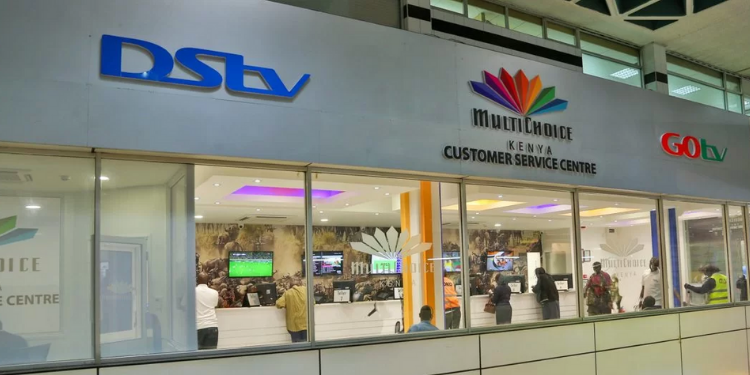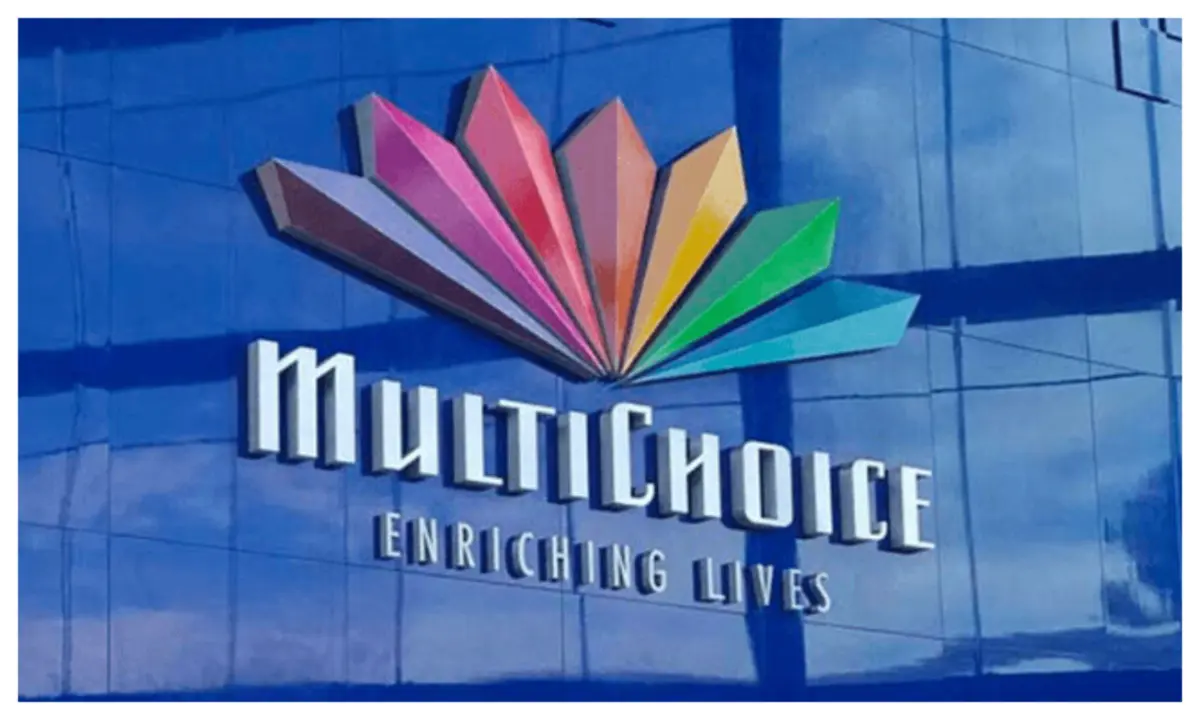Kenya: What new DSTV & GOtv price hike means for you and MultiChoice

MultiChoice Kenya raises DStv and GOtv rates from August 2025, slashes Showmax prices amid subscriber drop. Photo credit: Tech with Muchiri
From August 1, 2025, MultiChoice will implement a 4–7% increase to monthly DSTV and GOtv subscriptions in Kenya, a move that affects virtually all customer tiers. DStv Compact Plus jumped to ~KES 7,300 monthly, while GOtv Supa Plus now costs KES 3,199. Meanwhile, Showmax streaming services received more affordable pricing. For consumers, especially amidst rising living costs, the increases raise pressing questions about affordability and value.
Consumer Impact: Straining Already Tight Budgets
Kenyan households are under pressure as inflation and forex challenges drive up everyday expenses. MultiChoice Kenya alone lost 15% of its subscribers in the year to March 2025. This suggests that price-sensitive viewers are cutting costs by downgrading packages, pausing subscriptions, or switching to free-to-air TV and digital streaming alternatives.
Mid-tier users face the toughest choice: is the cost of GOtv or DSTV yielding enough value? The company has attempted to cushion this with more affordable Showmax bundles—still, traditional TV remains pricier. As more consumers seek alternatives, the risk of piracy and illegal streaming increases.
For MultiChoice: Short-Term Gains vs. Long-Term Loyalty
Despite losing subscribers, MultiChoice’s profits have risen—net profit grew by 61% in Kenya due to prior price hikes and favorable FX rates. This reveals the company’s strategy: pump up per-subscriber revenue even as the customer base shrinks.
While this may buoy near-term financials, it risks long-term loyalty. With each price hike, more households may permanently abandon legacy pay-TV in favor of flexible, on-demand streaming. MultiChoice may appear to profit while raising prices, but it’s likely accelerating subscriber churn.
Regional Context: A Broader African Challenge
Kenya represents just one front in a continental struggle. MultiChoice reported a staggering 1.4 million subscriber loss in Nigeria over two years, mostly due to repeated price adjustments amid soaring inflation. Across rest-of-Africa (RoA), it lost 1.8 million customers—RoA now at 7.5 million from 9.3 million in 2023.
South Africa isn’t immune: the company reported a net headline loss of ZAR 800 million (~USD 45 million) for year-end March 2025, citing macroeconomic impacts and subscriber decline. These trends highlight structural tensions in the satellite TV model amid rising inflation, currency depreciation, and digital disruption.
The Satellite TV Era Faces a Crossroads
MultiChoice’s traditional pay-TV model—anchored by satellite delivery and bundled content—is under siege by global streaming services and shifting consumer behaviors. According to Reuters, the rise of piracy, streaming platforms, and shifting entertainment habits are deeply influencing results.
Their response: double down on streaming (Showmax, DStv Stream), invest in local content, retain premier sports rights, and push for standalone sports packages. For example, SuperSport remains a core retention product, potentially spun off standalone. But unless satellite subscriptions stabilize, the model risks becoming economically untenable.
What’s Next?
| Stakeholder | What to Watch |
|---|---|
| Consumers | Will you absorb another price hike, or switch to streaming? |
| MultiChoice | Will profits sustain as subscriber numbers trend lower? |
| Competitors | Can streaming platforms grow faster with affordable bundles? |
| Markets | Will regulators intervene on pricing, like in Nigeria? |
READ ALSO
MultiChoice announces new DStv and GOtv prices– here’s what customers will pay
Blow for Multichoice, win for Nigerians… making sense of NDPC’s N766m fine
Multichoice slammed with N766m fine, reason, other details emerge
Why MultiChoice sold SuperSport United and what it reveals about Africa’s Pay-TV crisis
Minister promises lower DSTV prices after high-stakes meeting with MultiChoice
DStv sports-only subscription: A game-changer for African football fans?
10 things MultiChoice can do amid rising subscriber loss
MultiChoice history: From Pay‑TV pioneer to facing digital disruption
MultiChoice cuts DStv decoder price by 50% to attract subscribers
MultiChoice 50% price cuts: Has Satellite TV era come to an end?
John Ugbe, other top MultiChoice executives set to be arraigned, see reason
From over N15k to N12k — how MultiChoice reversed DStv, Gotv prices after backlash
Full list: Multichoice increases DStv, GOtv subscription prices… see new rates
“Why I haven’t renew my DStv subscription since May 2024 — Lagos resident speaks
MultiChoice in crisis: Price cuts, subscriber exodus, and the battle for relevance
MultiChoice, MTN Group… top 10 African businesses owned by South Africans
MultiChoice price cuts: What it means for Nigerian subscribers and the future of pay TV
Explainer: Why MultiChoice keeps increasing DStv and GOtv prices in Nigeria
Key Takeaways
-
The price hike provides short-term relief for margins, but may accelerate subscriber defection as economic stress mounts.
-
MultiChoice’s financial strategy hinges increasingly on per-user ARPU—but that may not hold if streaming cannibalizes satellite TV.
-
The future is digital: Showmax growth (+44% YoY subscribers) and DStv Stream (+139% increase) show the shift is real.
-
MultiChoice’s challenge: restructure pricing across RoA to maintain cash flow while navigating digital transformation.
What Next?
MultiChoice’s latest price increase in Kenya typifies a broader strategy: strengthen revenue from existing users amid a shrinking subscriber base. While profitable in the short term, it propels the company into a digital transition gamble. The stakes are high — for its legacy model, for customer loyalty, and for its position in Africa’s booming entertainment market.




